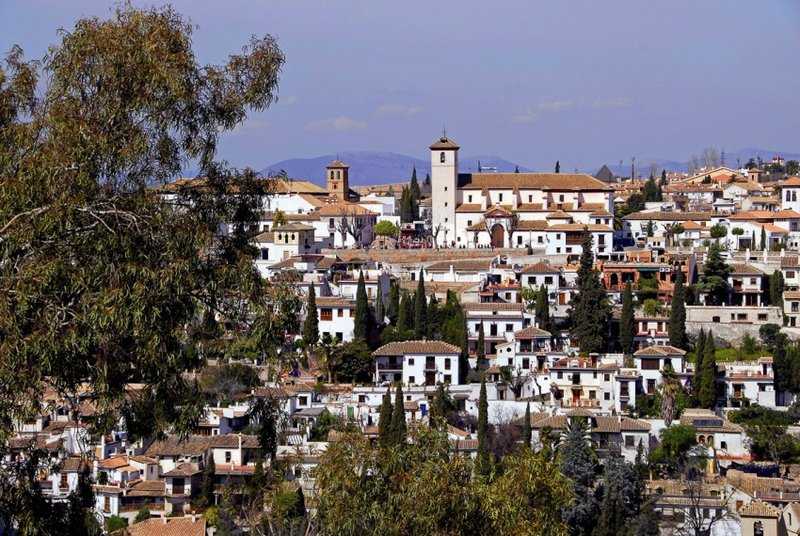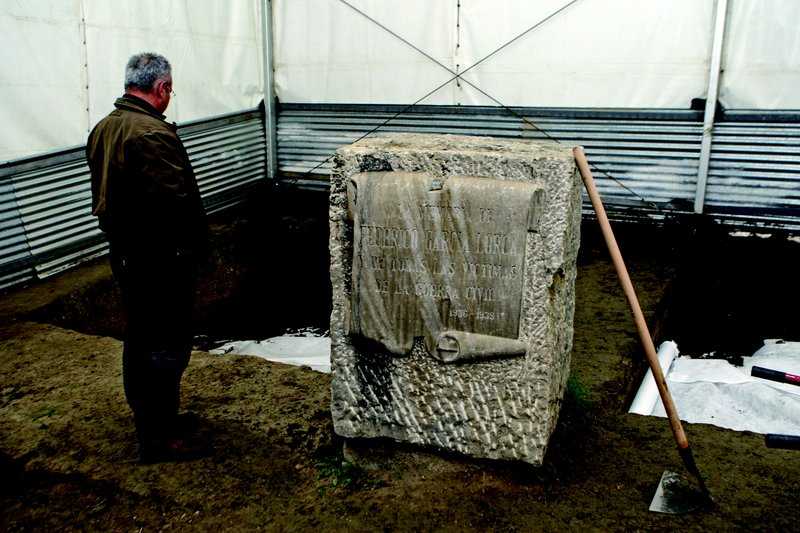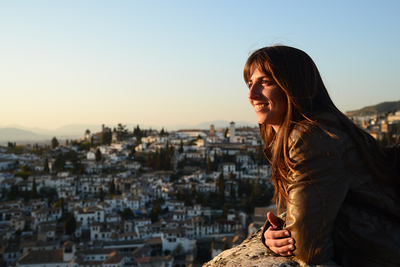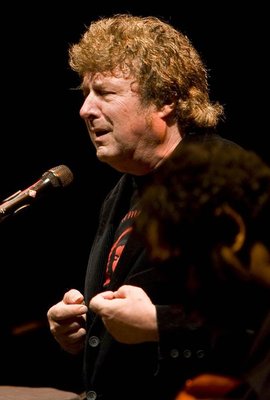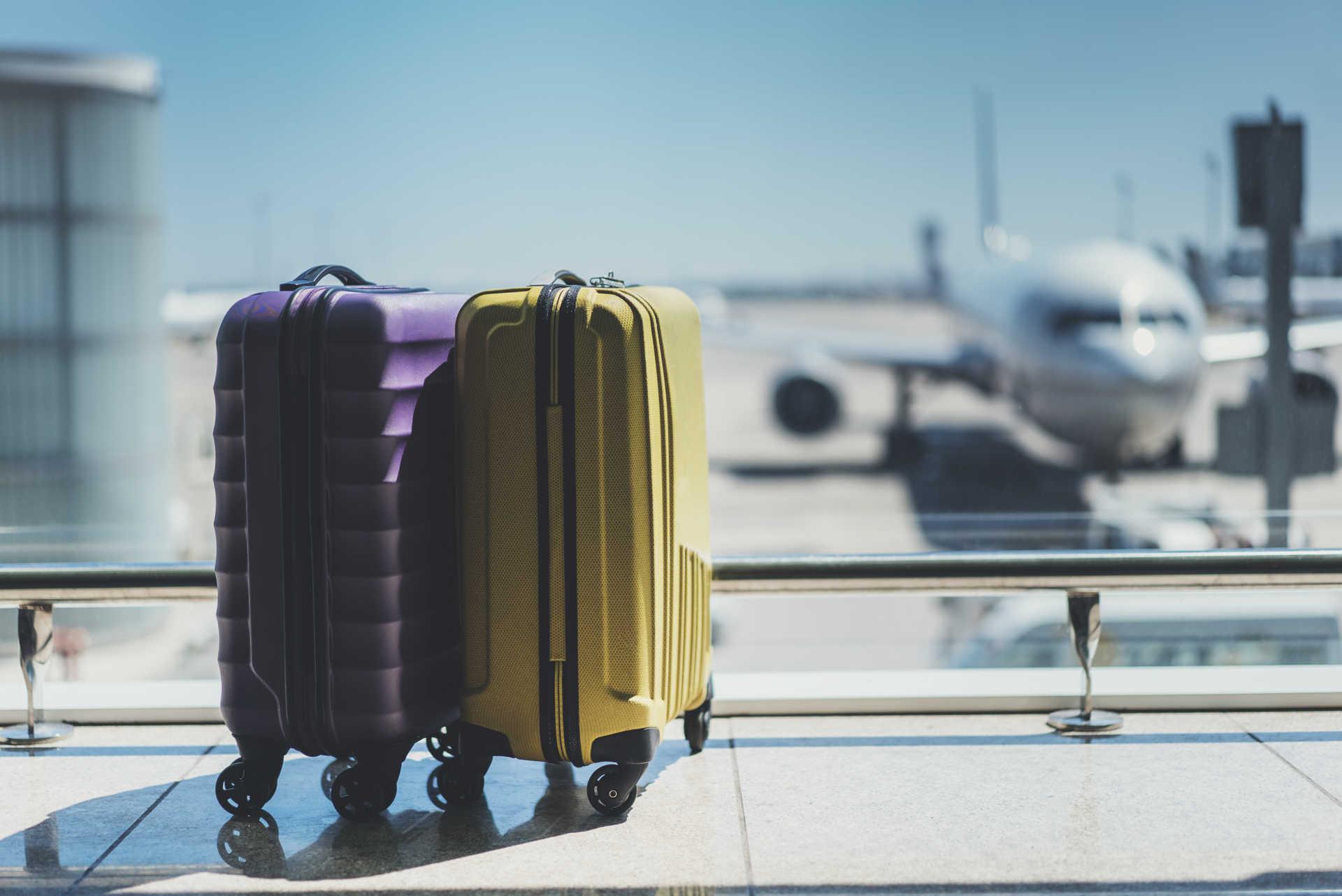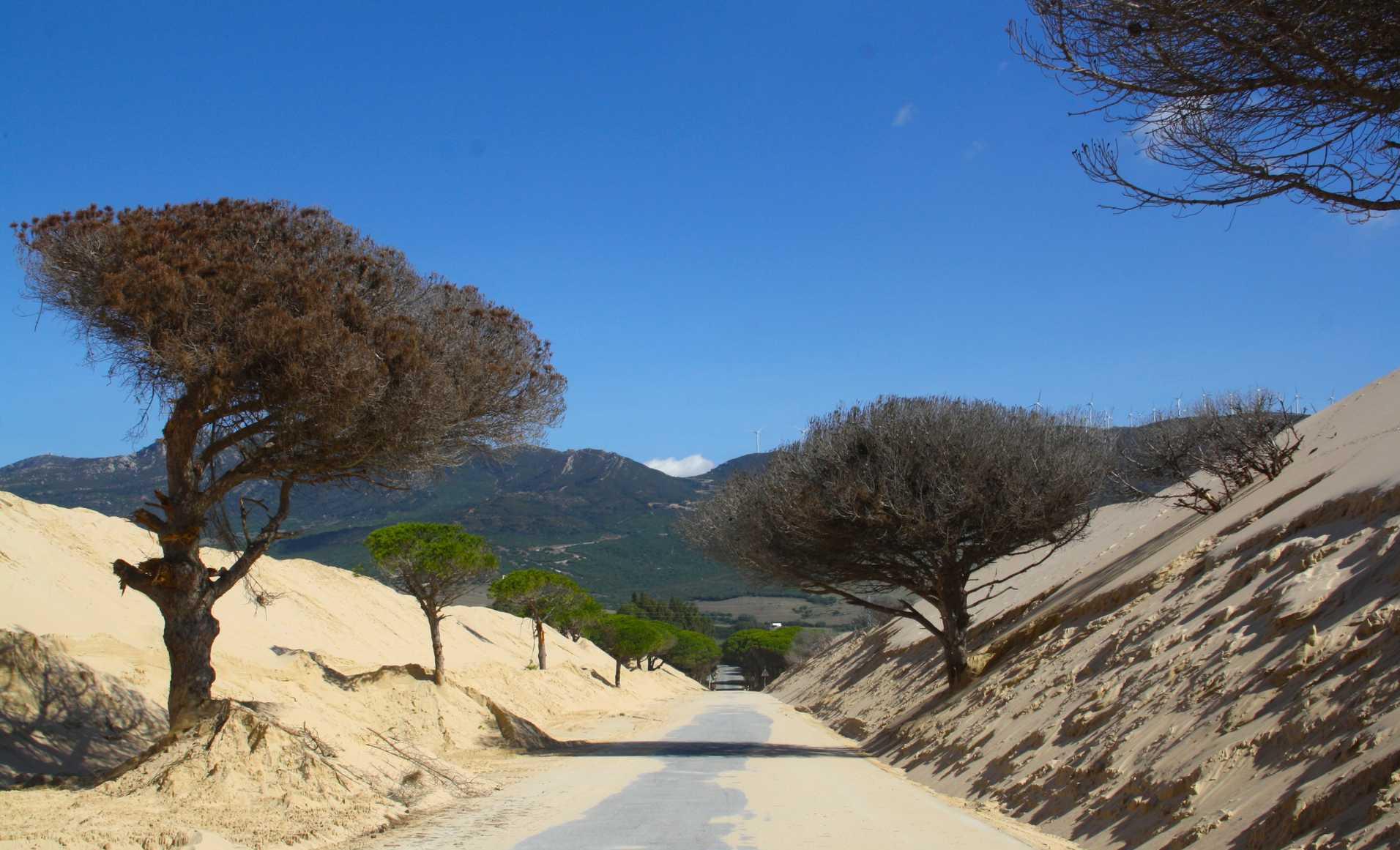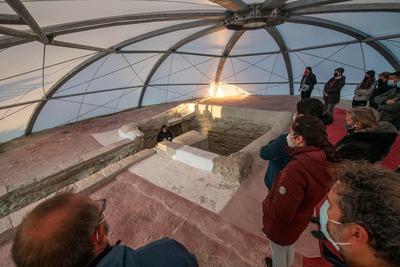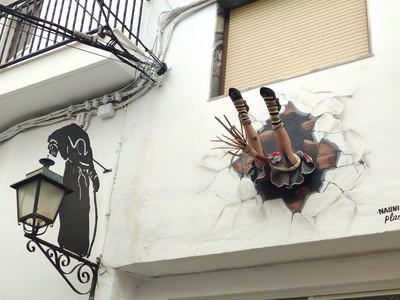Granada landscapes that inspired Federico García Lorca
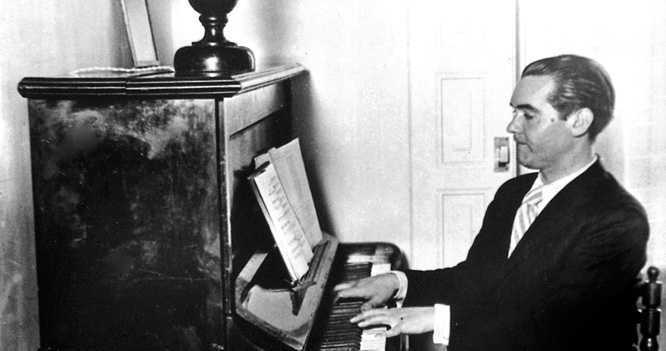
Granada's greatest poet, and the most read Spanish writer of all time.
Federico García Lorca (Fuente Vaqueros, 1898-Víznar, 1936)
Universal poet
The most translated Spanish poet of all time, Federico García Lorca, was born in the heart of the Granada plain, in Fuente Vaqueros, on the banks of the Genil River to the sound of babbling water that irrigates the vast groves of poplar trees and under the shadows hiding the huts used for drying tobacco. This was landscape surrounding Federico as a child, and then in Granada, in Huerta de San Vicente, as an adolescent poet. Lorca was happy where "the green wind" made its home, and which years later became his refuge from fear until early one morning, looking up at the stars, the red rose in his white shirt grew larger until it was buried under the roots of an olive tree.
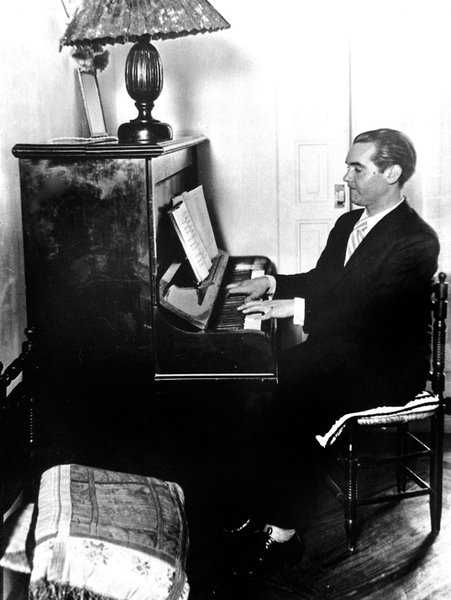
The Plain of the Genil River
It is a flat and fertile land, irrigated by the Genil River, whose waters flow down from the springs in Sierra Nevada. First visit, Fuente Vaqueros where the poet was born. You can visit the house which is now an interesting museum with essential articles from his childhood. Valderrubio (then called Asquerosa) is the other village where Federico spent part of his life. This white village would become the setting for the rural tragedy The House of Bernarda Alba. Water is life in this fertile land. Walks along the banks of the Genil River, an image which appears strongly in El Romancero Gitano (Gypsy Ballads), and time spent at the Daimuz farmhouse, near Láchar, helped the poet to recover his childhood, full of images of shepherds, countryside and open sky, ever-present in his work.
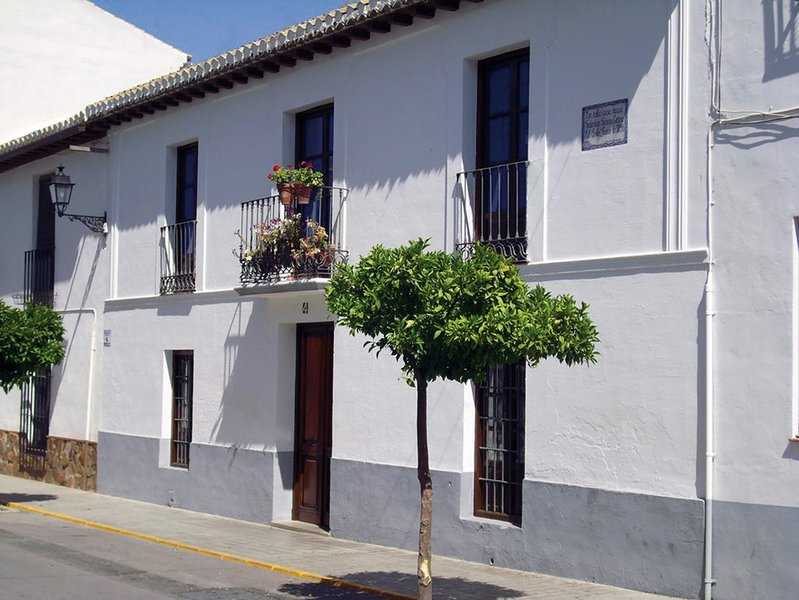
From the Darro to Mariana Pineda
The Lorca family arrived in Granada and settled on the banks of the River Darro, near to the hillsides which make up the Albaicín, the Sacromonte and The Alhambra, and shortly afterwards moved into a small mansion in the Acera del Casino, near the Basilica of Nuestra Señora de las Angustias (17th century). A number of artists, poets and intellectuals started to visit them here, including Manuel de Falla, who had a "carmen" (traditional Granada house) nearby.
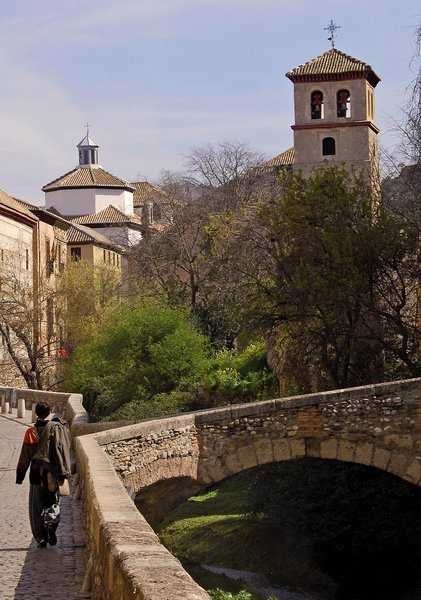
It was in the cafeteria Alameda (currently Restaurante Chikito), in the Plaza del Campillo, where Federico held literary gatherings and recited his first poems. And in the Cervantes Theatre he brought to life his love for Mariana Pineda with the work that bears her name. In the Plaza Mariana Pineda there is a statue immortalizing the memory of the heroine of freedom.
In the heart of San Jerónimo
It was through San Jerónimo, on the way to the University, where Federico García Lorca used to stroll and in the nearby Art Centre in the Calle Mesones, where he gave concerts and read his poems. It was in this same street, in the Café Suizo where he met Augustine González, La zapatera prodigiosa (The Shoemaker's Prodigious Wife) who, dressed as a man, professed liberating doctrines. This street was where the Ventura Traveset printing house-bookshop was located, the publisher of Lorca's first book: Impresiones y Paisajes (Impressions and Landscapes) (1918). The Plaza de la Universidad still looks very much like it did in the poet's time.
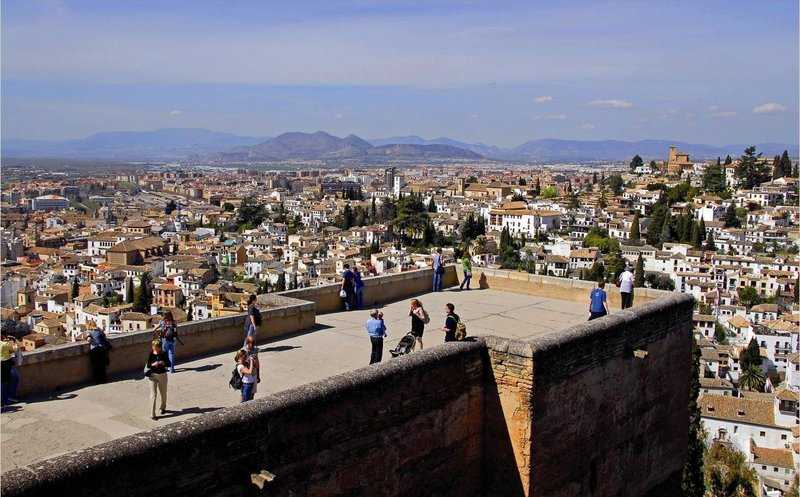
Nearby, in the hospital and basilica of San Juan de Dios ( 16th Century), a Baroque masterpiece, resting place for the remains of the poor man's saint, the poet began to meditate and emphasise the social aspect of life. There are small patios, nooks and crannies where he walked in the shade of the impressive Monastery of San Jerónimo, a supreme example of the Renaissance, with prominent cloisters and a magnificent altarpiece.
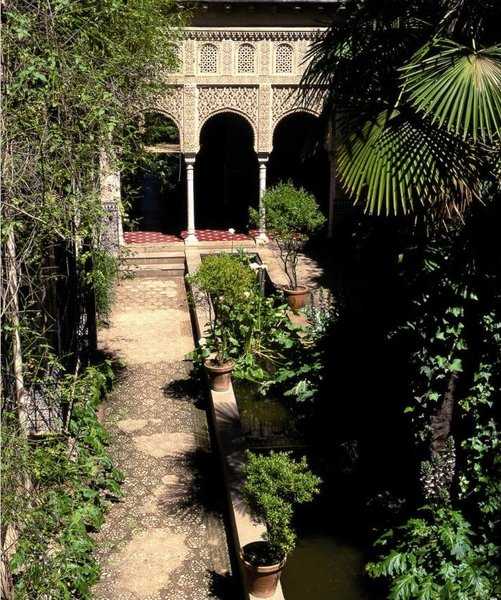
Legends of the Albaicín and the Sacromonte
Federico loved passing through the Elvira Gate and strolling around the narrow streets of the Barrio de los Falconers, until he reached the Plaza Larga. He would climb up to the San Nicolás lookout point to rest and concentrate his powerful imagination on the red buildings of The Alhambra, lying sleepily on the horizon. Moorish, Jewish, Christian, three religions coming together in this symbol of freedom that was Granada. Along the Calle de En medio, Lorca used to climb up to the Abadía del Sacromonte ( 16th century) then down the pathway, with its caves, until he reached the Alameda de los Tristes, a promenade for poets leading them to the Fuente del Avellano, cenacle of the 19th century literary brotherhood headed by Ángel Ganivet.
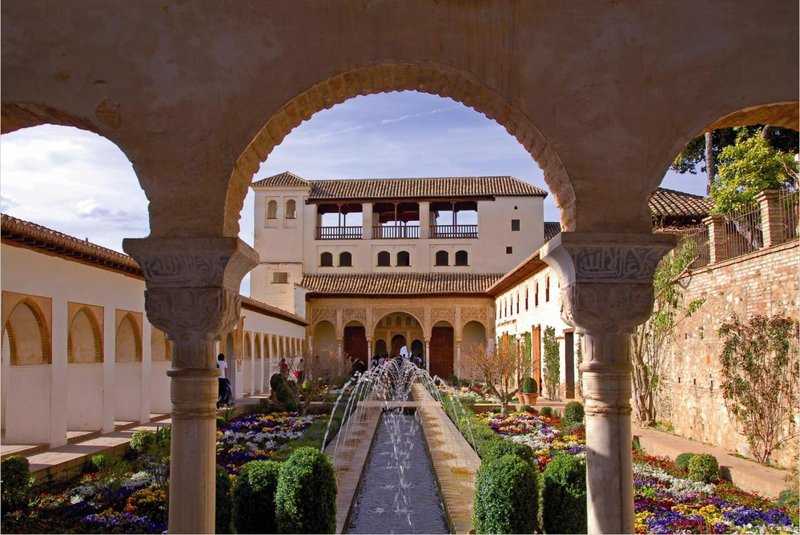
The aesthetic axis: Alhambra and Generalife
It was up the Cuesta de Gomérez that Federico García Lorca used to climb to reach what he called "the aesthetic axis" of Granada. And then he would wander through the forests of the Alhambra, the babbling water and the gardens of the Generalife staring out at the fertile plain of his childhood. There, under the tutelage of Manuel de Falla, in the Plaza de Los Aljibes the Cante Jondo Flamenco Singing Competition was held. Flamenco was in Lorca's very soul, as he captured eminently in the Poema del Cante Jondo. In the maze of myrtles, irrigation ditches; of oleanders, rose bushes and Hanging Gardens of the Generalife, Lorca met someone who would become one of his greatest friends, Juan Ramón Jiménez, as would Manuel de Falla who he used to visit at the "carmen" that the maestro baptised with the name of Ave María.This is where Lorca read Mariana Pineda and recited Poema del Cante Jondo. As we would do with other works, like Romancero Gitano (Gypsy Ballads), in little theatre at the Hotel Alhambra Palace.
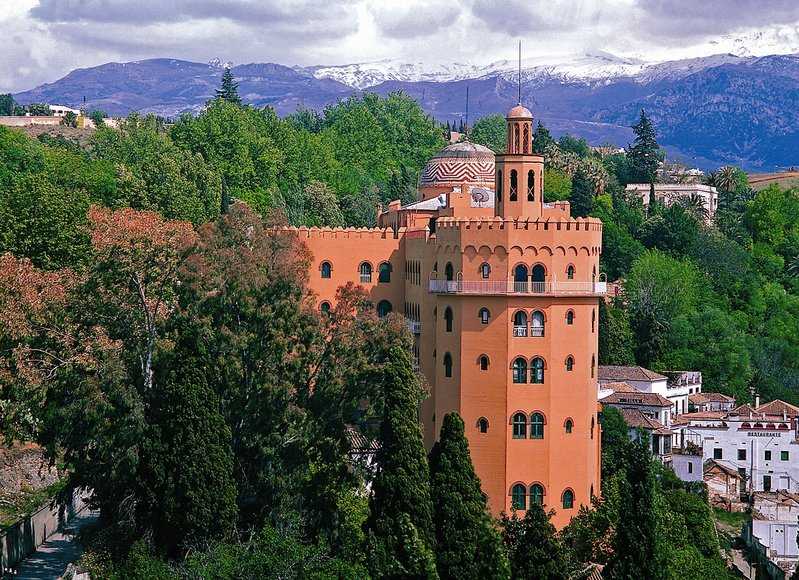
Huerta de San Vicente: A lyrical headache
Lorca wrote to Jorge Guillén that there were so many night-blooming jasmines in the garden "that at dawn we all had a lyrical headache". And so it must have been at the Huerta de San Vicente, a place which was unspoiled and far away from the hustle and bustle that it felt like his second skin. There, the poet contemplated (and it was enraptured by) the seven hills on which Granada was built, the snows of Sierra Nevada, the green plain and the warrior-like tower of La Vela. The literary activity of García Lorca was frenetic and some of his great works were created here: The Shoemaker's Prodigious Wife, Lament for Ignacio Sánchez Mejías, Doña Rosita the Spinster, Blood Wedding and Gypsy Ballads.
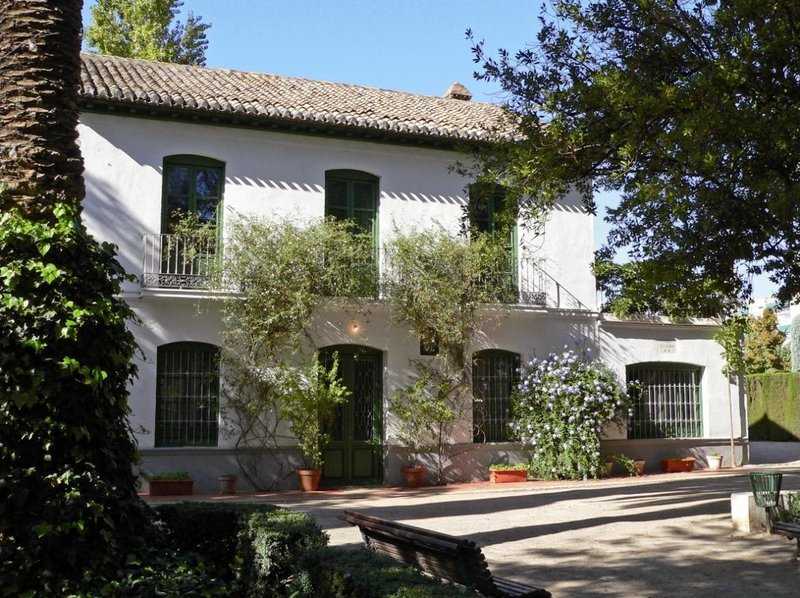
Between Víznar and Alfacar
The house of the Rosales, today the Hotel Reina Cristina and Restaurante Rincón de Lorca appeared to be a safe haven for the poet who was being sought by the Falangistas, with hatred in their eyes. Nobody could save him, neither in Los Rosales, nor Manuel de Falla. There was to be no trial and he was defenceless since he had already been sentenced to death by the black squadrons. The poet was bundled into a car and later shot on the night of 17 August 1936 in a gully between Víznar and Alfacar, as it tells in the song. Under an olive tree, in an eternal gully, there sleeps for ever the best poet brought to us by Andalusia.
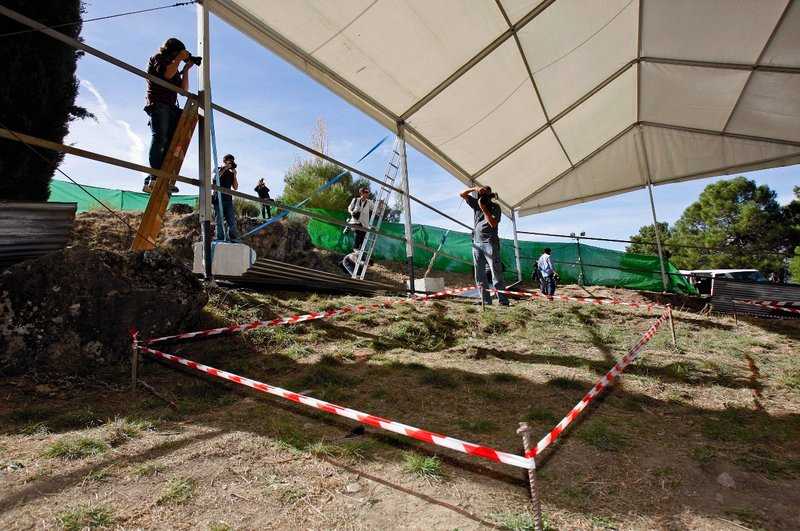
Walk 1: Fuente Vaqueros and Valderrubio
Villages in the plain of Granada. In the first, birthplace of the poet and an obligatory visit to the Lorca Studies Centre. The museum holds all the memories of his childhood and much of the poet's legacy. In the second, the house of Frasquita Alba and the farmhouse where he lived, with numerous implements and souvenirs. In Fuente Vaqueros you should try rice with rabbit and, in Valderrubio, a traditional dish called "patatas en bicicleta". In Láchar, you should visit the Daimuz farmhouse.
Walk 2: From the banks of the Darro to San Jerónimo
Along the banks of the Darro to the Paseo de los Tristes, reminders of Lorca appear one after the other, with the magic of the authentic Moorish bath and tea shops that are the mark of the Albaicín. And in the Calle San Jerónimo, visit Church of San Justo y Pastor, the Plaza de la Universidad and the Monastery of San Jerónimo, next to the Basilica of San Juan de Dios. Places where university life can be strongly felt, like in the Plaza de Mariana Pineda and Plaza de La Libertad.
Walk 3: In the forests of the Alhambra
García Lorca used to walk up to The Alhambra along the Moorish Cuesta de Gomérez, to wander in the woods and listen to the sound of the water in the irrigation channels. The Gate of the Pomegranates leads you into a world of fantasy which is very present in the exuberant spirit of Lorca. A visit to the Carmen de los Mártires, the home of Manuel de Falla and the little Palace Theatre should not be missed.
Walk 4: Huerta de San Vicente
It was a symbolic place in the life of Federico, so it is worth visiting the García Lorca Museum - Huerta de San Vicente, with the famous grand piano, the sombre bedroom and wooden desk, very popular at the time. Every day, Lorca used to hide away in what he called his "workshop” to create while listening to Bach, Mozart and Flamenco singing on an old gramophone.
Walk 5: Between Víznar and Alfacar
The route to the gully where the remains of García Lorca lie takes you along the A-92, towards Almería, exit 250. It is time to stop for a rest and listen for the sound of the gunshots (by hunters). Both in Víznar and in Alfacar, there is a legacy of Moorish-style ovens, producing Moorish pastries and traditional homemade bread. Try the "migas gachas" (a traditional popular dish) in and mushrooms in Víznar and the wild mushrooms in Alfacar.
Lorquian places with a sensuous feel
The are many places on the map of Lorquian venues for enjoying life and letting your imagination roam in the historical old town centre of Granada. The map is a brief summary of Moorish and Christian culinary trends, with just a touch of Jewish. But all in all, it represents an exciting, passionate, varied and age-old world of tapas which have been this city's distinguishing mark since time immemorial. Going out for tapas necessarily involves going to places that Lorca explored, where you can make conversation and savour unique culinary creations.
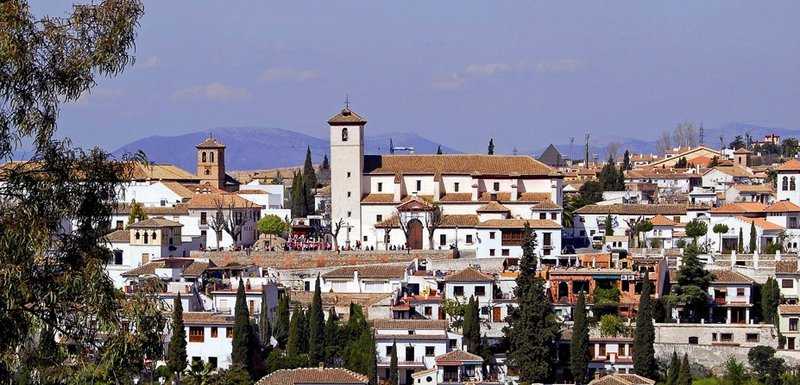
Here are a few of the places you really shouldn't miss if you're looking to enjoy a few tapas: the Calle Navas, the Albaicín, Plaza Nueva, Campo del Príncipe, Alhamar and the Bull Ring. And if you're as sweet-toothed as García Lorca, nothing better than trying a tradition with Moorish flavour like "piononos" (traditional little pastries) and the pumpkin sweets made by the monks and about which Carlos Cano sang.


